
Millions of Rainforest Ants
Imagine that you're walking through a rainforest and decide to sit down to rest. You soon notice something crawling on your leg. Ants!!
Did you know…
-
 Some researchers believe that 30% of the animal biomass of the Amazon Basin is made up of ants.
Some researchers believe that 30% of the animal biomass of the Amazon Basin is made up of ants. -
In Peru, one researcher reported seeing 43 species of ants on a SINGLE TREE.1
-
A single ant colony can include over 5-million busy members—the queen, soliders and workers (undeveloped females; never have wings; cannot mate), males (can mate with the queen).
Her majesty is one busy bug, laying up to 100-million eggs a day! She only needs to mate once in her lifetime to be able to produce at least 15 years of eggs.2
 Baby ant with its nurse. Each newborn ant (Formica rufa) has 2-3 nurses and mentors to help it.
Baby ant with its nurse. Each newborn ant (Formica rufa) has 2-3 nurses and mentors to help it. -
Although she is called a “queen,” she is more of an egg factory than a leader. Somehow, the Creator has designed ants to be highly efficient and organized as a group without a leader.
Ants carry on complex social organizations, building projects, and communications. Many groups of animals depend on leaders. Even herds of wild horses or packs of wolves require leaders.

But ants are different. Thousands of years before there were entomologists to study ants, God revealed in the Bible that ants have no leaders. The individuals see the task before them that needs to be done, and they do it, without being told.
“Go to the ant, you sluggard; consider its ways and be wise! It has no commander, no overseer or ruler, yet it stores its provisions in summer and gathers its food at harvest.” —Proverbs 6:6-8
-
Leafcutter ants (Atta cephalotes)
Leafcutter ants run ‘farms,’ raising their own food crops. These ants are fascinating to watch as they cut and carry leaves far bigger than themselves from the tops of tall trees down to their “farms.”
“Searching for Leafcutter Ants in the Amazon Rainforest” -
The Mediterranean ant (aphaenogaster barbarus) makes “biscuits” from seeds.
-
Some ants keep herds of tiny “cows” of a sort (aphids, also called plant lice). They have a symbiotic relationship—helping each other survive. The ants keep their herd well fed and protected from predators. The aphids provide the ants with a sugary food (aphid honeydew).
Like a farmer milking his cows, some ants stroke their aphids to cause them to release the sweet drink they crave.
Ant tending aphids Photo by Stuart Williams, license: CC BY 2.0 Honey ant
Honey ant -
“Honey ants” store their food in living “storage tanks.” “Amazon ants” have slaves to help with the work.3
-
Ants have a communication “language,” and each colony member has a task, working together to keep the colony fed, safe and healthy.
-
What an amazing Creator we have! Somehow He managed to pack all these complexities into an extremely tiny body and an even tinier speck of a brain.
Compare this task to trying to develop a self-powered, fully-independent robot as small as the tiniest ant—and with ALL the ants’ tremendous abilities. What an impossibly difficult job!
What can an ant teach me about life? Answer -
There are thousands of species of ants. Ants from the time of the dinosaurs have been preserved in amber. They are basically identical to those living today. Some were considerably larger in the past.
The fossil record shows that they have not evolved from other insects; ants have always been ants. (Learn more about Creation/Evolution)
Ants love heat, so we find the greatest numbers in types in the tropics. They come in various colors—red, black, brown, red-and-black, and yellow.
-
Some ants squirt a stinky fluid at their enemies.
-
The most dangerous and agressive ants are “army ants” (they’re blind), “driver ants” (Africa), “fire ants” and the various stinging ants.
Driver ants have reportedly killed a wounded elephant and stripped its bones clean.
-
Masses of army ants are clever enough to cross rivers using their bodies to form bridges.
Army ants building ant-bridges
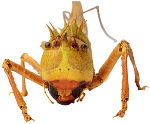
Listen to insect sounds
- Wasp building nest…
- Cricket…
- Crickets (longer)…
- Buzzing insect…
- Listen to many MORE RAINFOREST SOUNDS
 Butterflies and Moths
Butterflies and Moths
More answers
- Answers about insects in the Bible
- Answers about ants in the Bible
 What can an ant teach me about life?
What can an ant teach me about life? Discover the incredible INSECTS of the rainforest
Discover the incredible INSECTS of the rainforest What can a sloth teach me about life?
What can a sloth teach me about life?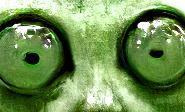 What has the biggest eyes of any land mammal, compared to its body size?
What has the biggest eyes of any land mammal, compared to its body size? What kind of pets do rainforest people have?
What kind of pets do rainforest people have?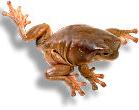 Has it ever rained frogs or fish or any other strange things?
Has it ever rained frogs or fish or any other strange things?- Discover answers to more of your questions
References
- Edward Osborne Wilson, The Diversity of Life (W W Norton & Co).
- William Steel Creighton, “Ants,” Encyclopedia Britannica.
- Fred John Meladu, Why We Believe in Creation, Not in Evolution (Denver, CO: Christian Victory Publishing Co.)
Copyright © 2000, 2020, 2024, Christian Answers.

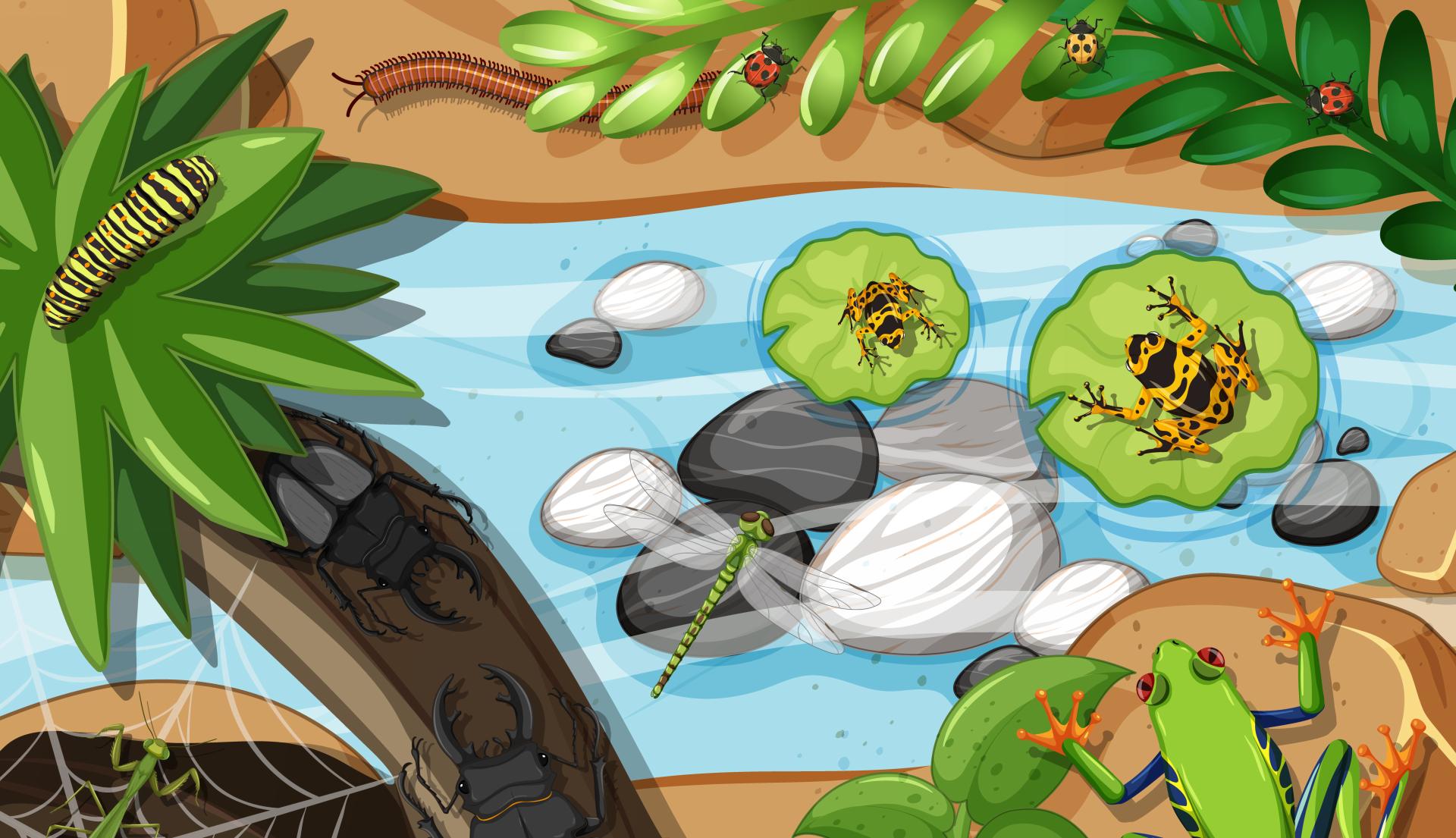
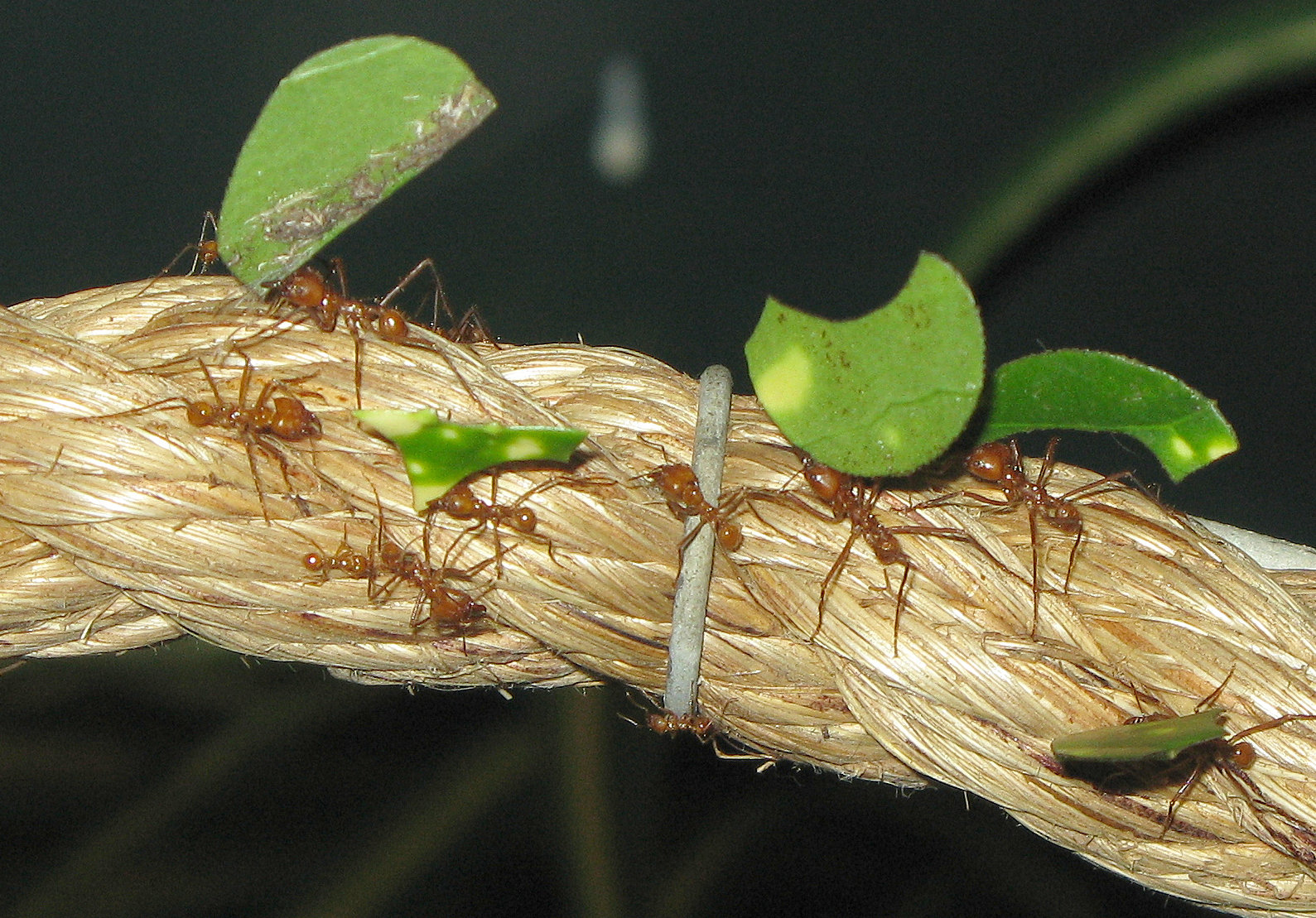
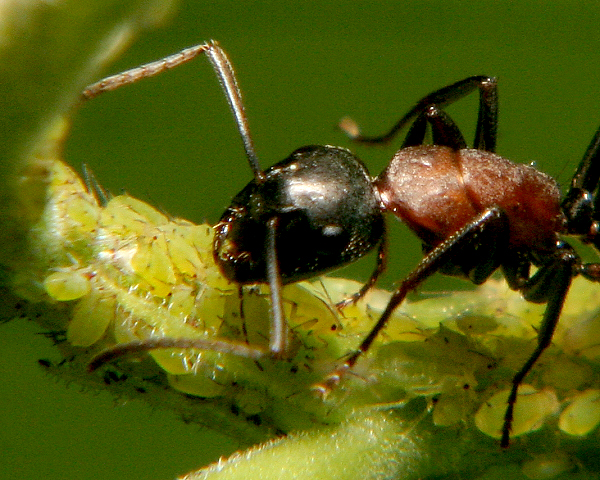
 Print and color your own Ants coloring page
Print and color your own Ants coloring page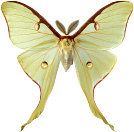
 Learn about the rainforest’s most beautiful flying insects
Learn about the rainforest’s most beautiful flying insects